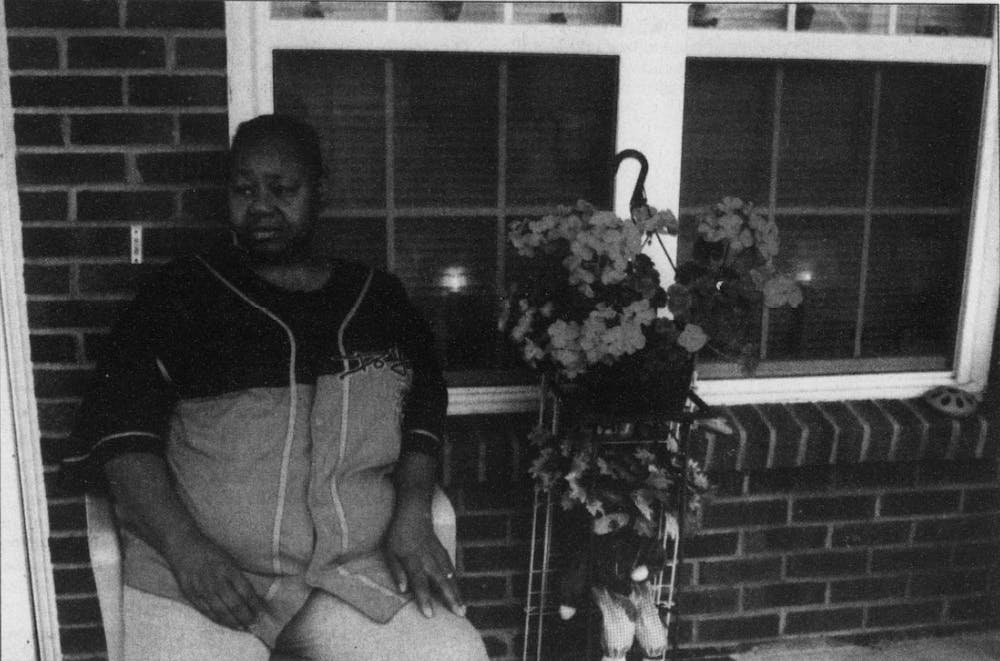At exit 486, you leave U.S. Highway 64 to find yourself on a two-lane road. From your car, the community you enter looks just like many others that dot the landscape of Eastern North Carolina: a Lions Club sign greets you to the town, as do a squat town hall and homes with neatly trimmed lawns. The quiet Tar River passes slowly by, separating it from its larger neighbor, Tarboro.
But Princeville isn’t an ordinary town.
Princeville was the first of its kind, a place in the South where African Americans could gather to foster safety in numbers against belligerent neighbors. The town would also become a symbol for the impacts of environmental racism, with the settlement repeatedly affected by flooding due to its low-lying location on the Tar River.
Origins of the settlement
At the end of the Civil War, a large number of freedmen gathered together on a largely neglected low-lying plain across the small settlement of Tarboro, around 20 miles east of Rocky Mount. This new settlement was christened Freedom Hill, after the small hill where Union troops informed the Black residents of the area that they had been emancipated.
In 1885, the village was incorporated as Princeville in honor of local carpenter Turner Prince, who was an important member of the fledgling community.
Though Princeville managed to escape the terror of groups like the Ku Klux Klan, they still faced the effects of white supremacy. The Tarboro Southerner newspaper openly displayed the resentment the white locals felt for their Black neighbors. In 1868, the paper decried the newly proposed North Carolina Constitution, asking:
“...what will be the consequence now… when 70,000 ignorant negroes vote, and, especially, when it is undeniable that they have voted heretofore solidly against the white man, and at the bidding of the worst men in the country?”
Despite this hostility, Princeville and other heavily Black communities in Eastern North Carolina had some electoral success. The town was a part of North Carolina’s 2nd Congressional District, referred to as the “Black Second.”




